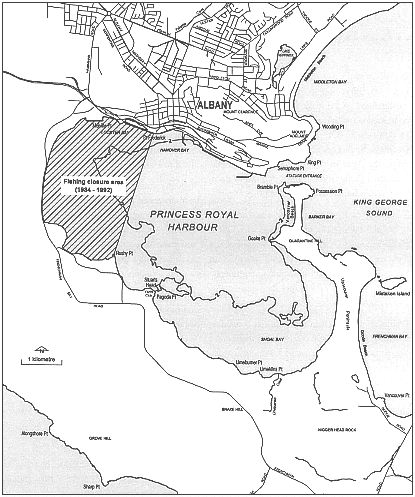
Figure 9-4: Princess Royal Harbour, where the fishing ban was imposed in the western end
Toxic contamination
The source of the contamination was discovered to be industrial effluent discharged by CSBP fertiliser works into the shallow waters of the western end of Princess Royal Harbour. In response, the company ceased discharging the effluent in February 1984 and the pipeline was later removed.
Studies showed that the sediments in the area next to the point of discharge were moderately contaminated with mercury (< 1.7 mg/kg). Many species of fish taken from the site were found to contain high levels of mercury (up to 6 mg/kg). These levels were much greater than the National Health and Medical Research Council's (NHMRC) maximum permissible mean level of 0.5 mg/kg.
In response to the findings of the working group, all forms of fishing, including catching molluscs, were banned from the whole of the western end of Princess Royal Harbour. Signs were erected on the shores of the harbour to show the contaminated area. The ban was effected under the Fisheries Act in 1984.
Studies of the contamination showed that after mercury-contaminated effluent stopped being discharged, the levels of the mercury in the harbour would slowly decrease.
The Fisheries Department has regularly monitored, since 1984, the mercury levels of fish from an area around CSBP's former discharge site. Results have shown a general reduction in levels of mercury in all species. The results, combined with the Health Department increasing the amount of mercury that is thought safe (from 0.5 mg/kg to 1.0 mg/kg) for food (called the `food standard'), led to the ban on fishing being lifted in 1992.
Recent results confirm the gradual decrease in mercury levels in most fish species from Princess Royal Harbour. Only rock flathead and brown spotted wrasse have recorded mercury levels above the food standard. The Health Department considers this a low risk because contamination is limited to only two species in a small area.
A comparison of mercury levels in fish from the old pipeline site and other parts of the harbour was undertaken in 1995. The results show that levels are generally slightly lower in other parts of the harbour.
Fisheries Western Australia expects mercury levels to decrease even more over the next few years.

Figure 9-4: Princess Royal Harbour, where the fishing ban was imposed in the western end
CSBP has monitored the levels of mercury and lead in shellfish (cockle) at the former pipeline discharge site since 1984. In recent years this has been a condition of their licence provided under the Environmental Protection Act. The results show that before 1988 food standard levels for both mercury and lead were being exceeded. Since that date the monitoring has shown the levels of both lead and mercury in shellfish have been greatly reduced to below dangerous limits.
CSBP used three comparison and control sites during their 1995 monitoring of shellfish (mussels and cockles): the Sailing Club, Quaranup peninsula and Emu Point Beach. The results found comparatively high levels of lead and mercury at both the Sailing Club and Quaranup locations. The level of the mercury recorded in cockles at the Sailing Club site was even greater than the level of mercury recorded at CSBP's former pipeline discharge site. Quaranup recorded the highest level of lead contamination, double the level of the lead found in shellfish at CSBP's pipeline site, although this was still well below the food standard. The samples taken at Emu Beach, Oyster Harbour recorded the lowest levels of contamination for each heavy metal.
Scientists think that the anti-clockwise water circulation in Princess Royal Harbour may have carried contaminated sediments from the more highly contaminated areas (around CSBP's discharge pipeline) to water near the Sailing Club. Alternatively, the deeper water areas of the harbour may be attracting contaminated material at a greater rate than the shallows.
A survey of shellfish and sediment in 1996 showed that heavy metal contamination was below health and environmental standards for all areas of Princess Royal Harbour. Only razor clams, which store their waste products for a long time, had levels above health standards.